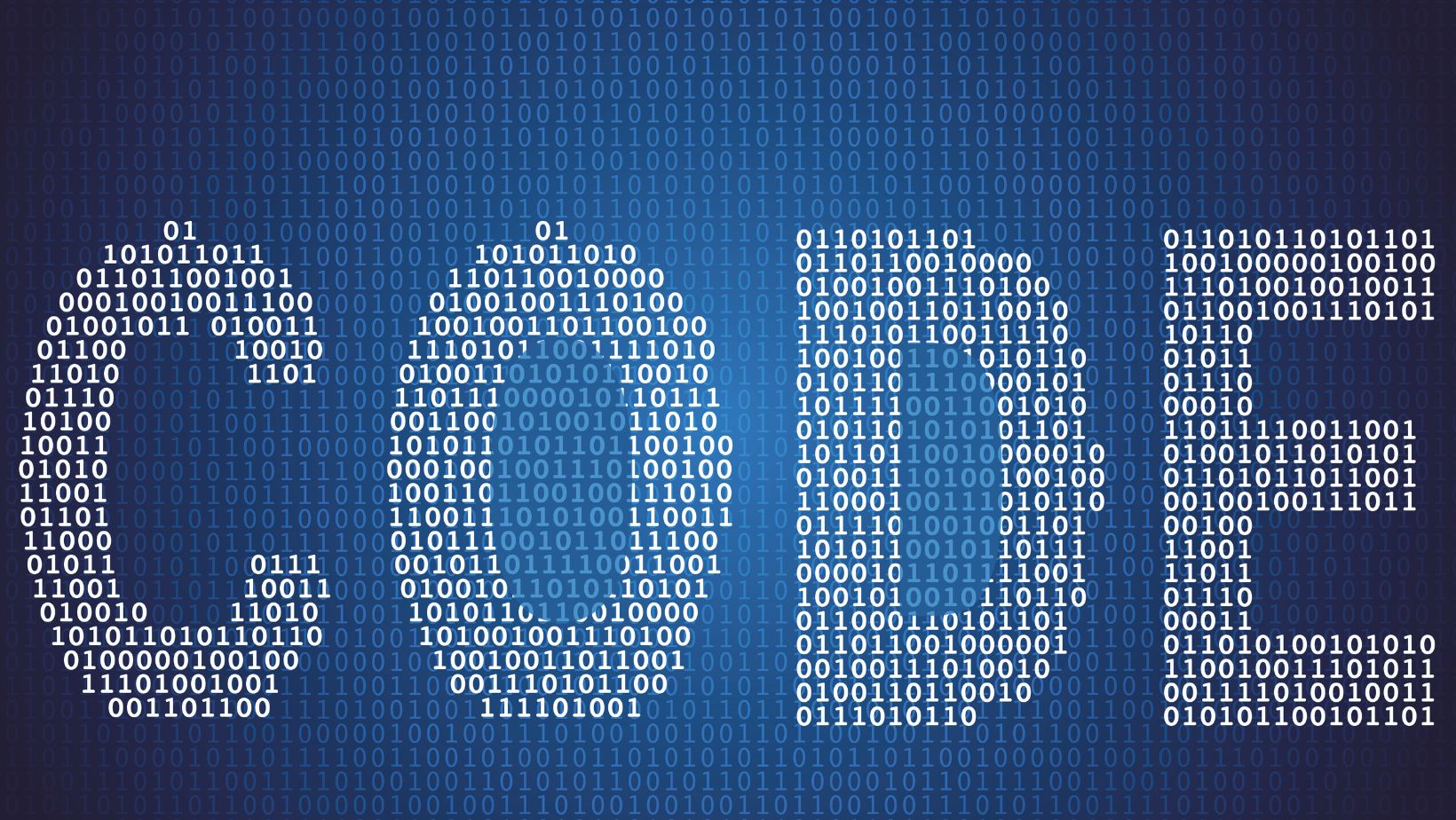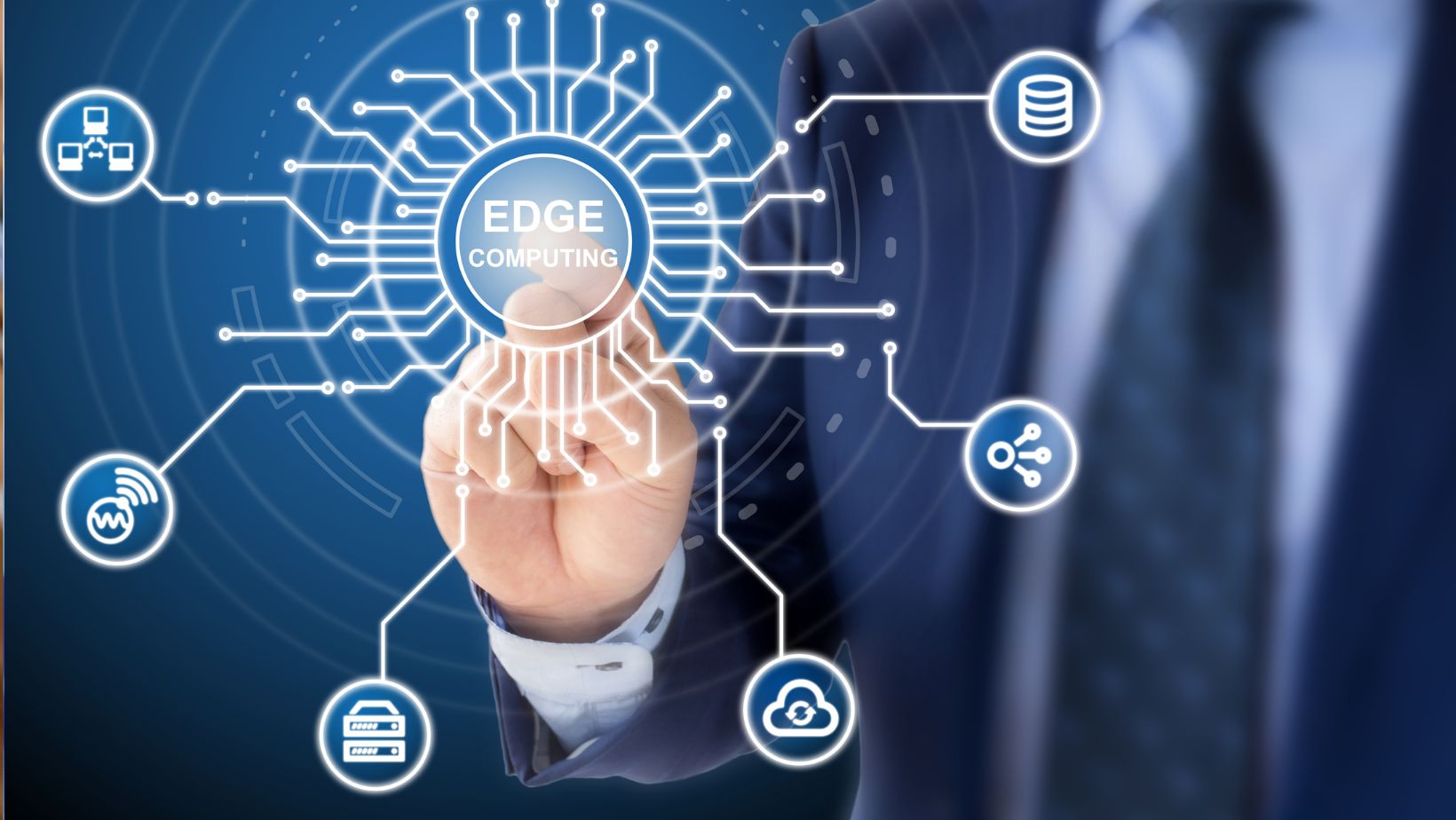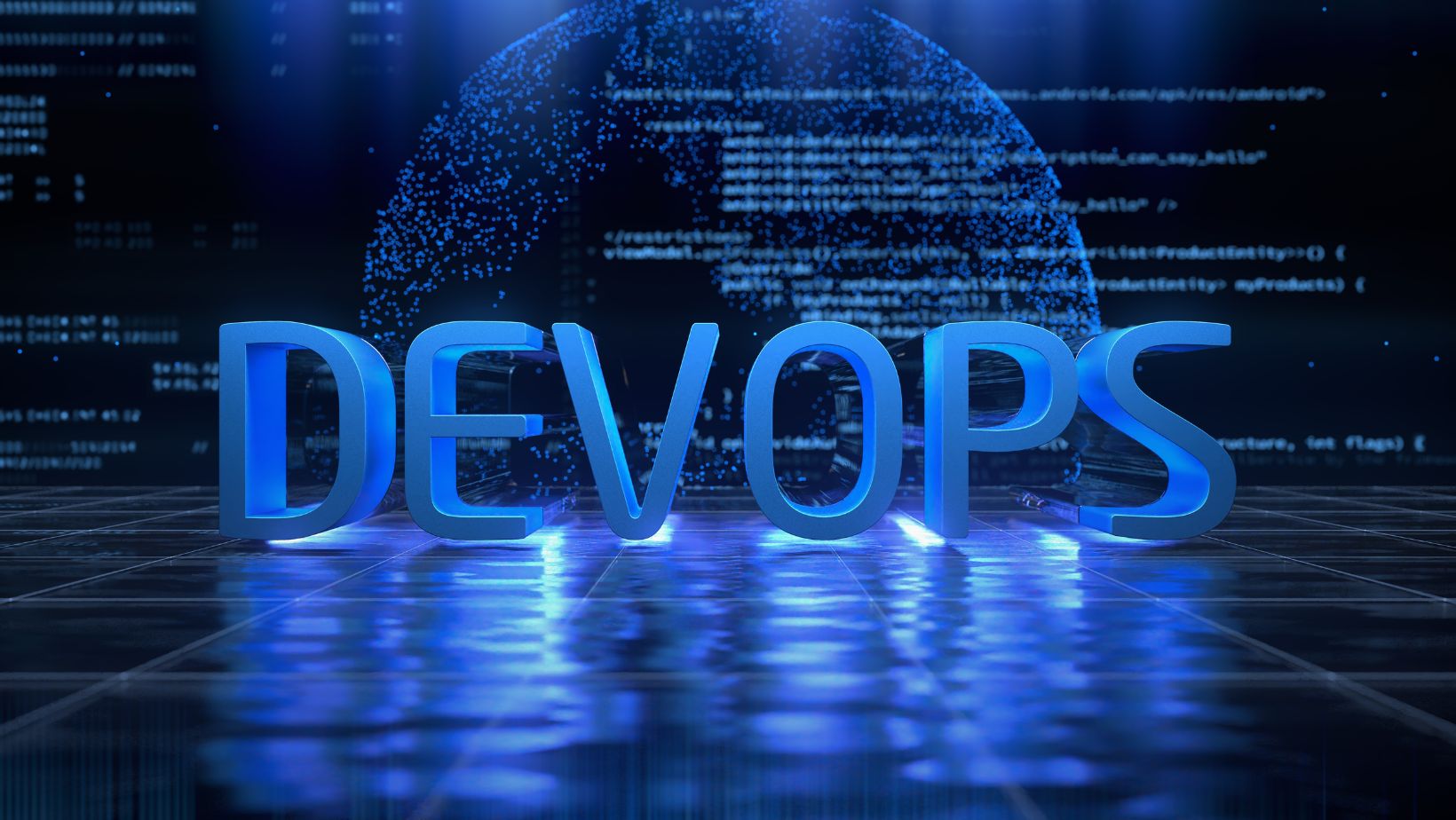
Edge computing is a relatively new technology developed to address the challenges of cloud computing. It is designed to help organizations harness the power of the cloud by bringing computing resources closer to the data source. Edge computing is an extension of the Internet of Things (IoT) technology, which involves using sensors and other connected devices to collect data.
With edge computing, devices are equipped with processors that can perform some of the computational tasks that a centralized server would otherwise manage. This allows for faster response times and reduces the amount of data that needs to be transmitted to the cloud. As a result, it can be especially useful in situations where bandwidth is limited or low latency is critical.
Edge computing is closely related to emerging technologies like 5G, artificial intelligence, and machine learning. These technologies are all designed to help organizations overcome challenges of managing large amounts of data. By leveraging edge computing, organizations can process data more quickly, reduce network latency, and improve the overall performance of their applications.
The Basics of Edge Computing
Edge computing is an extension of cloud computing that allows data processing and storage to
be performed closer to the data source. This allows sensors, devices, and other endpoints to collect and analyze data in near real-time. The concept of edge computing has been around for several years. Still, it has gained significant momentum recently due to the increasing demand for improved performance and lower latency.
Edge computing operates by placing small data centers or servers closer to the data-generated devices. The data centers are strategically located at the network edge, either on-premises, within an IoT device, or in the cloud. By processing data locally, companies can reduce the traffic that travels between endpoints and data centers, resulting in faster response times.
One of the key benefits of edge computing is its ability to handle massive amounts of data generated by IoT devices. The traditional approach of sending all data to centralized cloud servers for processing and storage is becoming less practical due to the sheer volume of data generated by IoT devices. Edge computing solves this problem by allowing organizations to process and analyze data at the network’s edge, closer to the devices generating the data.
Another benefit of edge computing is its ability to improve security. By processing data locally, companies can reduce the risk of data breaches and cyberattacks. Edge computing also helps to protect sensitive data by keeping it closer to the source and reducing the need to transfer it across long distances.
In conclusion, edge computing is an extension of cloud computing that enables data processing and storage to be performed closer to the data source. It is a powerful technology that can improve performance, reduce latency, handle massive amounts of data, and improve security. As we continue to see increases in the number of IoT devices and the volume of data they generate, edge computing will become even more important for organizations looking to stay competitive in the digital age.

Edge Computing Is An Extension Of Which Technology
Edge computing is a disruptive technology that has revolutionized how we approach data processing and analysis. It is an extension of the cloud computing paradigm that brings the processing power and storage closer to the data source, reducing latency and improving performance. In this section, we will explore the key technologies that underpin edge computing and provide the foundation for its success.
Internet of Things (IoT)
IoT is one of the biggest drivers of edge computing. With the proliferation of smart devices and sensors, the volume of data generated at the edge has exploded. IoT devices can generate massive amounts of data in real time, and edge computing provides the necessary processing power and storage to analyze and act on that data without transferring it to the cloud. This dramatically reduces the network bandwidth required and improves the speed and efficiency of data processing.

5G Networks
5G networks are another important component of edge computing. The ultra-low latency and high-bandwidth capabilities of 5G networks enable a new generation of applications and services that require real-time interactions. With 5G, data can be processed and analyzed at the edge, enabling instant decision-making and response.
Artificial Intelligence (AI)
AI is another technology that is closely tied to edge computing. Edge computing enables real-time decision-making and analysis by bringing AI algorithms closer to the data source. This is particularly important for applications that require immediate action, such as autonomous vehicles, smart cities, and industrial automation.
Cloud Computing
Cloud computing is the foundation of edge computing. While edge computing brings processing power and storage closer to the data source, it still relies on the cloud for data management, analytics, and storage. Cloud computing also provides the necessary infrastructure and tools for edge computing, such as management software, security, and data integration.
In conclusion, edge computing is an extension of cloud computing that leverages new technologies such as IoT, 5G, AI, and cloud computing to enable real-time data processing and analysis. The integration of these technologies has created a new paradigm for data management and analysis that will drive digital transformation across many industries.
Edge computing is an emerging technology that has gained immense popularity in recent years.
It is an extension of several existing technologies refined and restructured for enhanced computing performance. In this section, I will discuss how edge computing extends these technologies.
- Cloud Computing: Edge computing is an extension of cloud computing that aims to bring computing closer to the end-user by reducing the distance data must travel. While cloud computing centralizes data storage and processing, edge computing distributes these operations across many devices closer to the data source. This way, computations occur at the “edge” of the network, reducing latency and enhancing data processing speed.
- Internet of Things (IoT): IoT is another technology of which edge computing is an extension. IoT involves the interconnection of various devices such as sensors, vehicles, and household appliances that leverage data and analytics to enhance our personal and professional lives. With edge computing, this data processing occurs locally on edge devices, reducing network congestion and latency.
- Big Data Analytics: Edge computing is an extension of big data analytics, which helps make data-driven business decisions. By processing data at the edge, companies can generate real-time insights that aid in better decision-making. Edge devices can also filter data and generate more relevant insights by processing critical data closer to the source.

Combining these and other technologies has led to the emergence of edge computing as an exciting field of study. By leveraging edge computing, businesses can perform various computations faster and more efficiently than before, leading to greater industry productivity.
After a thorough analysis, it is evident that Edge Computing is an extension of Cloud Computing technology. This is because Edge Computing aims to solve the latency and bandwidth issues that Cloud Computing faces by bringing the computing power closer to the end-users. As such, Edge Computing is an architectural approach that can function independently or as an extension of the Cloud Computing environment.
The proximity to the end-user is the primary factor that sets Edge Computing apart from Cloud Computing. Rather than relying on centralized data centers miles from the user, Edge Computing brings the computing resources closer, reducing network latency and improving the overall user experience.
Edge Computing leverages IoT devices, which are connected to a local edge server, to perform computations. With this approach, we can reduce the amount of data that needs to be transmitted to the cloud, as largely nonessential computations can be handled locally. Consequently, edge computing is well-suited for real-time applications that require fast data processing and decision-making.
In conclusion, Edge Computing is the next evolution of Cloud Computing, aiming to bring the cloud closer to the user, reduce network latency, and offer better performance for real-time applications.


























